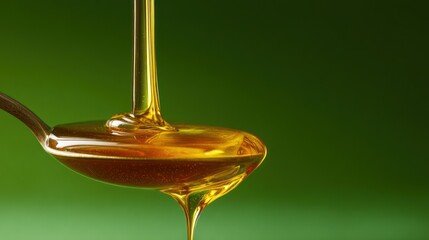Your Guide To The Batana Plant
Elaeis oleifera, commonly known as the American oil palm, stands as a close relative to the commercially dominant African oil palm (Elaeis guineensis). Despite sharing the title "oil palm," E. oleifera has carved a distinct niche for itself. Native to Central and South America, it thrives in rainforests and along waterways, exhibiting unique morphological and ecological characteristics. While currently overshadowed by its African cousin in terms of commercial oil production, E. oleifera possesses immense potential in various fields, including sustainable oil production, food security, and ecosystem restoration. This post delves into the biology, ecology, and uses of E. oleifera, highlighting its untapped potential and advocating for its wider recognition and utilization.
Botanical Description and Ecology:
E. oleifera is a majestic palm, boasting a unique low-lying or creeping trunk that can reach up to 3 meters in length. Unlike its African counterpart, it gracefully extends long, flat leaves that can span an impressive 7 meters. Its fruit, aptly called the "corozo nut," is a hard-shelled drupe containing a single oil-rich kernel.
E. oleifera thrives in humid tropical environments, particularly along riverbanks and within rainforest understories. It plays a crucial role in these ecosystems, providing food and shelter for various animal species. Its intricate root system helps stabilize riverbanks, preventing erosion and contributing to flood control.
Oil Production and Potential:
While E. oleifera's oil yield per fruit bunch is lower than that of E. guineensis, its oil possesses distinct advantages. It boasts a higher concentration of lauric acid, a sought-after saturated fatty acid used in various industrial applications. Additionally, E. oleifera oil exhibits a better fatty acid profile, containing higher levels of oleic acid, a monounsaturated fat linked to health benefits.
Furthermore, E. oleifera's cultivation offers significant sustainability benefits. Unlike the vast monoculture plantations associated with E. guineensis, E. oleifera naturally thrives in diverse ecosystems, requiring minimal land alteration and inputs. This integrated approach aligns with the principles of sustainable agriculture, minimizing environmental impact while promoting biodiversity.
Beyond Oil: Diverse Uses of E. oleifera:
The potential of E. oleifera extends far beyond oil production. The corozo nut is a valuable source of food for indigenous communities, offering a rich source of starch, protein, and essential oils. The hard shell can be used for crafting tools, utensils, and ornaments. Additionally, the leaves serve as roofing material and weaving implements.
E. oleifera also holds promise in ecosystem restoration efforts. Its fast-growing nature and tolerance for degraded lands make it ideal for reforestation projects. Its intricate root system helps restore soil fertility and prevent erosion, contributing to the overall health of the ecosystem.
Challenges and Future Prospects:
Despite its vast potential, E. oleifera faces several challenges. Limited research and development, coupled with a lack of infrastructure for processing and marketing its products, hinder its commercial viability. Additionally, the wild harvesting of corozo nuts poses a threat to its long-term sustainability.
To unlock the true potential of E. oleifera, concerted efforts are needed. Increased research into its genetics, cultivation practices, and product development is crucial. Supporting local communities in establishing sustainable harvesting and processing methods is essential for ensuring both economic viability and resource conservation.
Conclusion:
Elaeis oleifera stands as a testament to the remarkable diversity and potential of the natural world. Its unique characteristics, ecological significance, and diverse uses position it as a valuable resource for sustainable development. By recognizing its potential and investing in its research and development, we can unlock a future where E. oleifera thrives alongside its African cousin, contributing to a more sustainable and equitable future for all.
References:
- Corley, R. H. V., & Tinker, P. B. (2003). The oil palm. John Wiley & Sons.
- Henderson, A., Galeano, G., & Bernal, R. (1995). Elaeis oleifera H.B.K. Palms. Flora Neotropica, 70, 1–85.
- Mayes, S., & Adekanmbi, V. O. (2009). Oil palm research and development in Nigeria. The Oil Palm Research Institute (OPRI) Nigeria, Benin City.
- Porcher, C. (2013). Elaeis oleifera: l'autre palmier à huile: valorisation des ressources génétiques et perspectives de diversification des systèmes de production. Quae.



